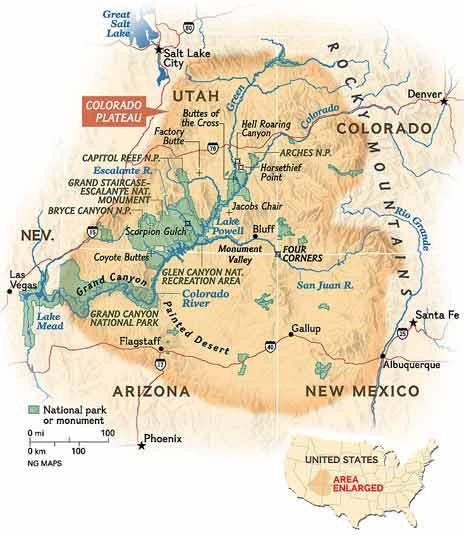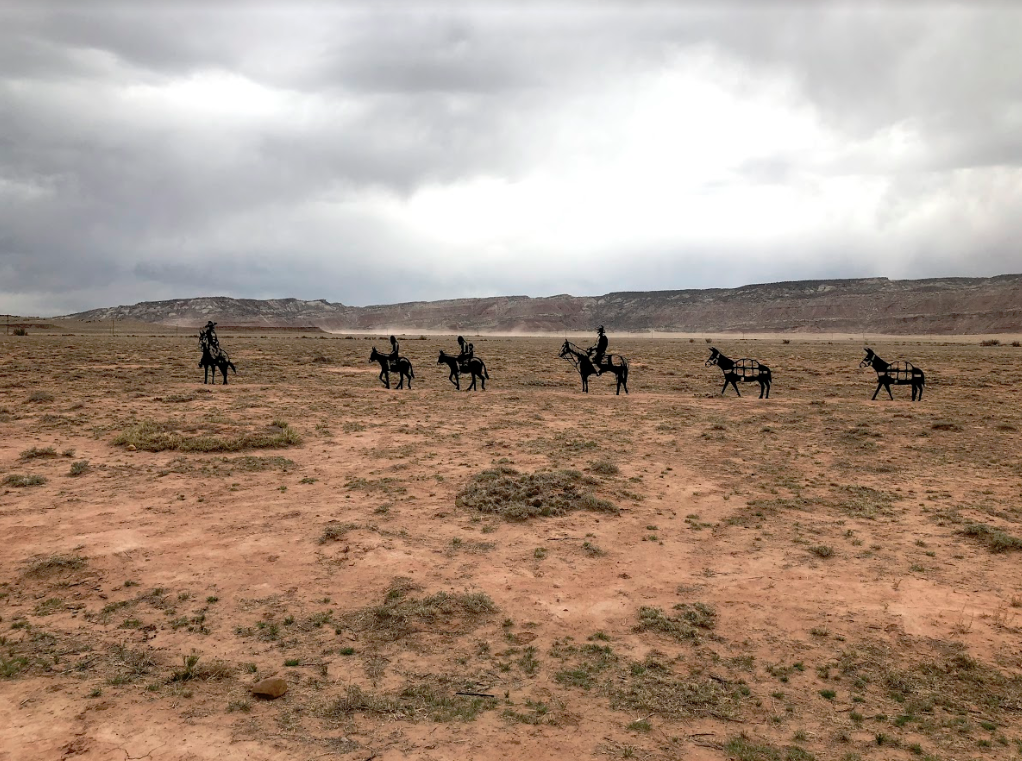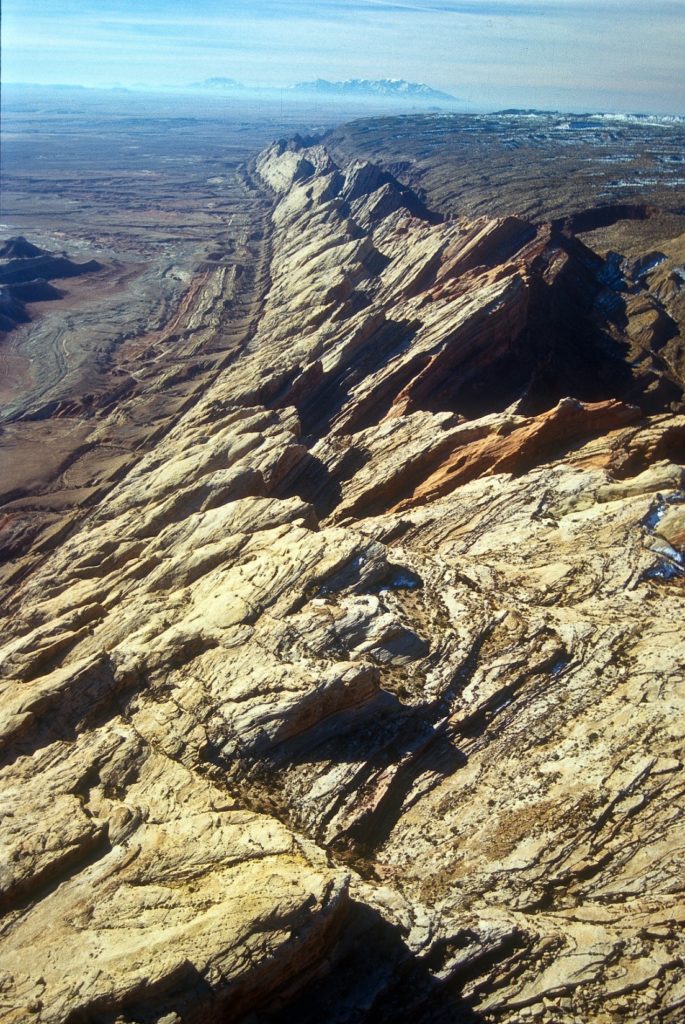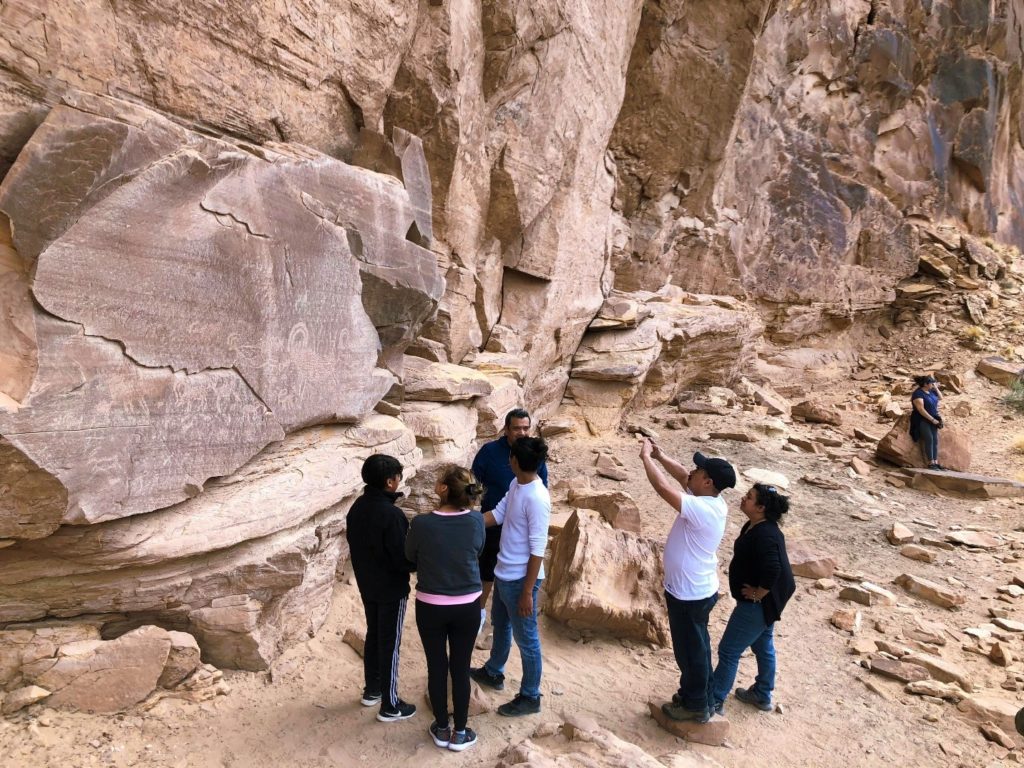Hispanic Heritage Month is observed nationally from September 15th to October 15th to commemorate the important contributions of Hispanic and Latinx peoples to America’s cultural tapestry. The wild public lands of the Colorado Plateau hold the histories of these peoples in their canyon walls, rivers, and mountains. In advocating for the preservation of America’s redrock wilderness, SUWA recognizes the influence these individuals and communities have in shaping the story of Utah’s canyon country, and the important role our wild places can play in inspiring and engaging them for generations to come.

A Historical Perspective
Hispanic & Latinx histories on the Colorado Plateau predate American colonialism and even Mexican nationhood. Before Mexico or the State of Utah drew their boundaries on the Colorado Plateau, hundreds of thousands of indigenous people lived in the American southwest. According to Dr. Armando Solorzano of the University of Utah, anthropologists believed the ancient Aztecs began their migration to the contemporary Mexico City area from southeastern Utah and eventually migrated throughout North America. Some ultimately settled in Mexico, some moved northwest to the Pacific Coast, and some remained in the American Southwest. The histories of native Latinx ancestors live on today in what we know as America’s redrock wilderness.

Hispanic Heritage Month also recognizes the legacies left by Spanish conquistadors and missionaries as they made their way west across the Colorado Plateau. Their stories are remembered today in part through the names of well-known places and landmarks. For example, Grand Staircase-Escalante National Monument and the Escalante River take their names from the Spanish priest Padre Silvestre Vélez de Escalante of the historic Dominguez-Escalante Expedition of 1776. Dominguez and Escalante were sent from the Mission of Santa Fe, New Mexico to find a route to Monterey on the Pacific Coast. Though a harsh winter freeze ended their expedition in what is today Utah’s Washington County, the path they took helped establish the Spanish Trail, a crucial trade and settlement route with its heyday from 1829 to 1848. If not for this earlier Spanish exploration, U.S. westward expansion and Mormon resettlement into the southwest and California may not have been achievable.

Other names that stuck from the observations of Spanish travelers in this historic era include the La Sal Mountains near Moab, literally translated as The Salt Mountains. One can imagine the peculiarity of seeing greyish-white colored peaks beyond the Moab valley’s August heat for the first time; some say Spaniards believed the peaks to be white with salt and named the range accordingly. The San Rafael Swell also takes its name from the patron saint of travel, San Rafael, known in English as the archangel St. Raphael. It is said that the Spaniards prayed to San Rafael as they made their way through the desert’s formidable uplifted land formations to their mission in Monterey, and the name has remained since.
The Particular Importance of Utah’s San Rafael Swell

Today, the San Rafael Swell is of special value to Utah’s residents for its recreational, scientific, historical, cultural, and scenic character. It is a place residents of Utah’s urban Wasatch Front can easily visit for a weekend to explore slot canyons, sandstone mesas, and desert waterways like Muddy Creek and the San Rafael River. As such, it carries unique importance for Utah’s urban Latinx and Hispanic communities.
According to 2016 U.S. Census Bureau population estimates, 347,625 Latinx people live along the Wasatch Front, accounting for 83% of Utah’s Hispanic and Latino population. Protecting the integrity of the San Rafael Swell’s 1.4 million acres of redrock wildlands also protects the ability of Utah’s communities of color to enjoy these iconic landscapes. Given the high incidence of poverty and environmental injustice faced by these communities, one could argue that they may especially benefit from the healing afforded by spending time in wilderness.
Because of its proximity to Utah’s Latinx residents, the San Rafael Swell is the first wild landscape that many in this community may visit to seek refuge from everyday stressors, if only for the weekend. Among the many reasons to protect the San Rafael Swell and Utah’s other wild landscapes is the opportunity they provide for these residents to reconnect with nature and experience the deep silence and foundations of life abundant in wilderness. Such connections may well inspire a whole new generation to advocate on behalf of Wild Utah.
Hispanic Heritage Month encompasses the past, present and future. As we celebrate the histories and contemporary contributions of Hispanics to the American story, we also look forward to a future where America’s redrock wilderness improves the wellbeing of all who experience its beauty, its layered history, and its quiet solace — including Hispanics, Latinos, communities of color and underserved communities everywhere.
[Census source: http://gardner.utah.edu/wp-content/uploads/RaceandEthnicity_FactSheet20170825.pdf]

